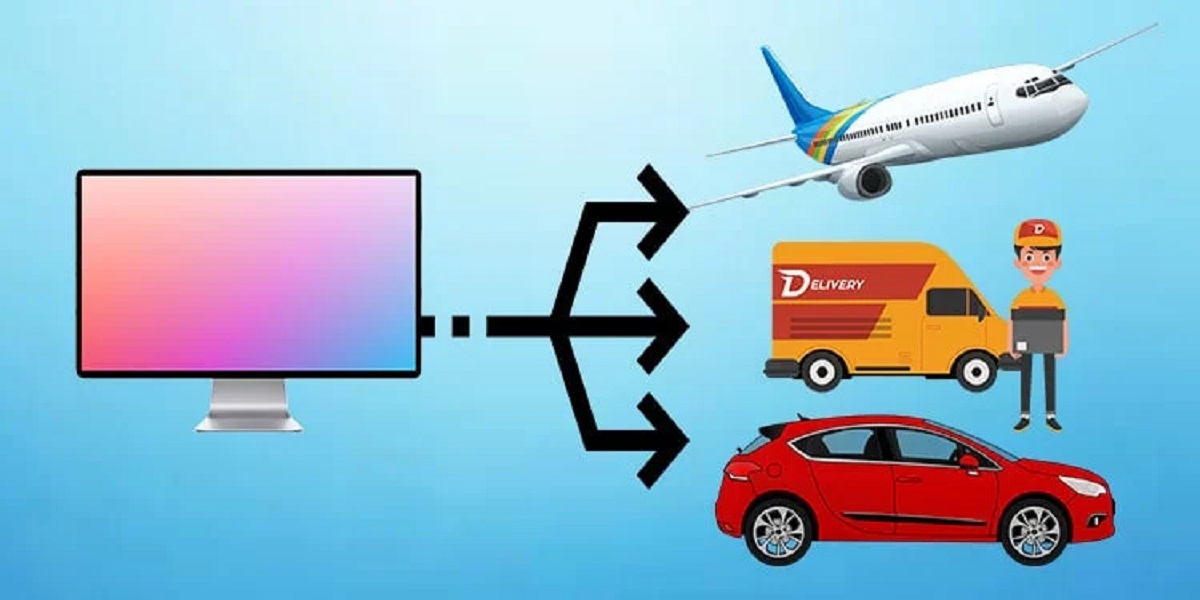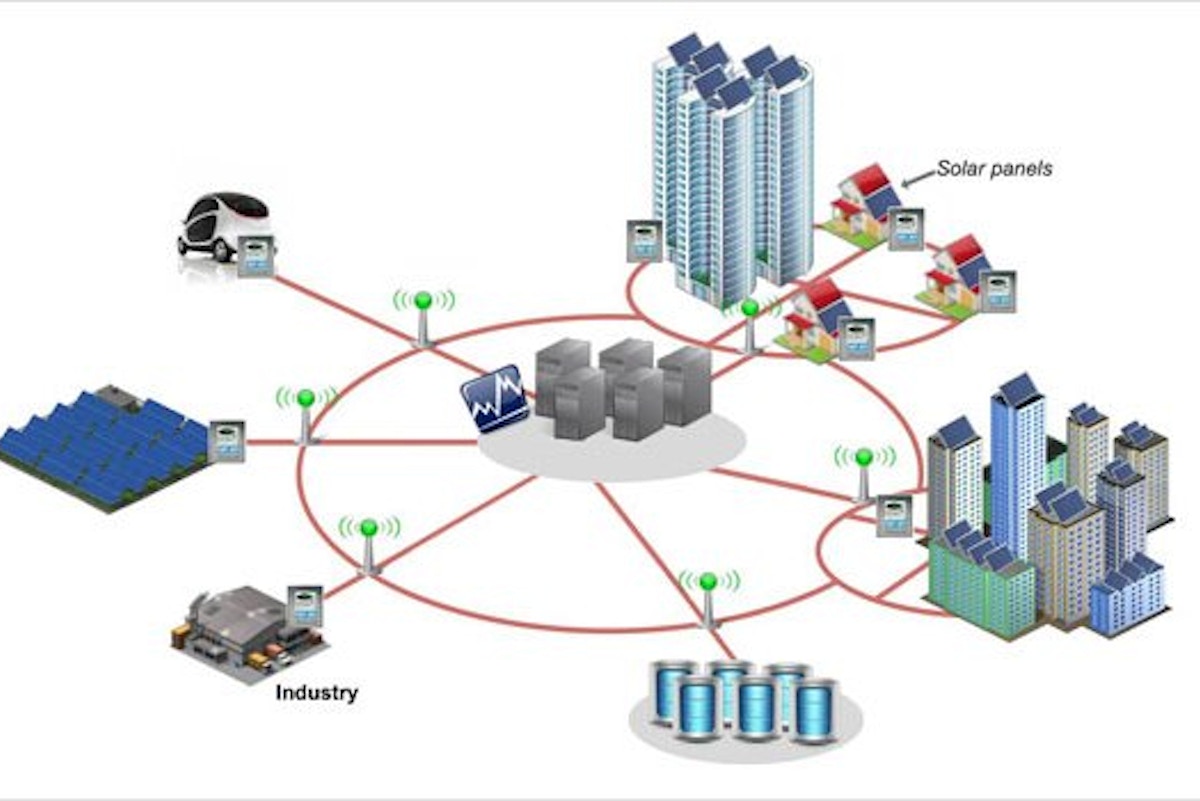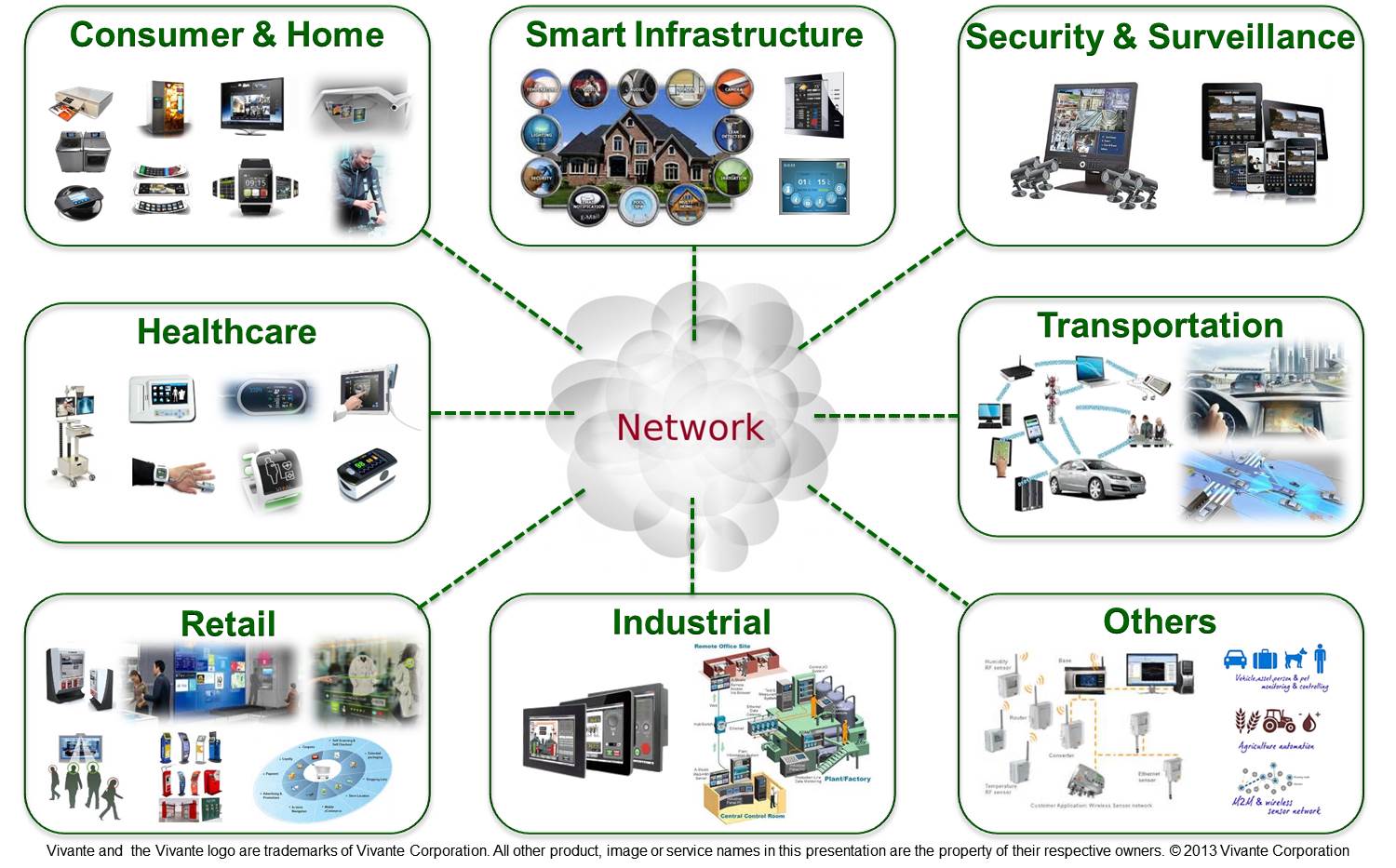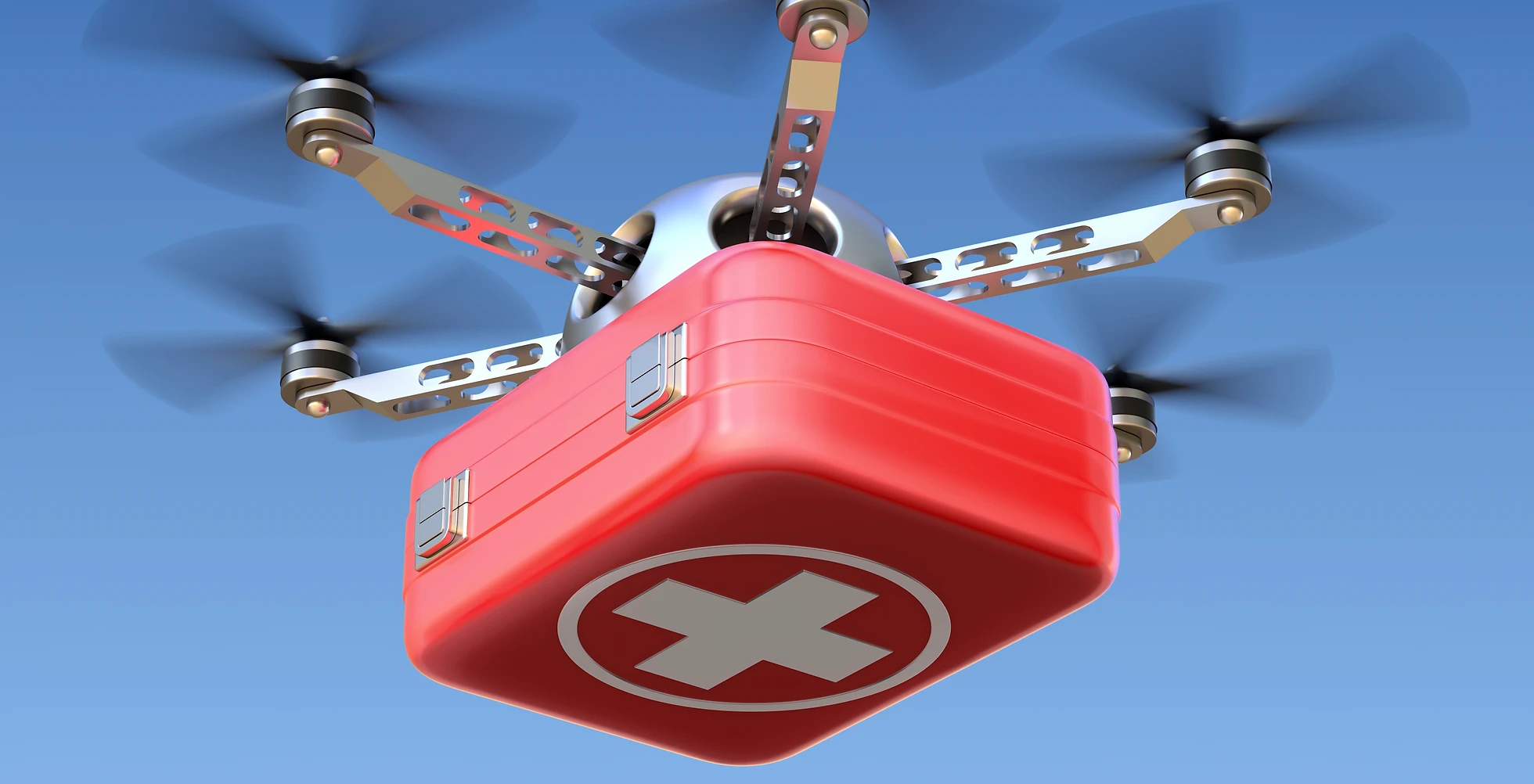Introduction
Transporting a monitor can be a daunting task if not done properly. Whether you’re moving to a new location, shipping the monitor to a client, or simply storing it, it’s crucial to ensure its safety during transit. A monitor is a delicate electronic device, prone to damage if not handled with care.
In this guide, we will walk you through the step-by-step process of safely transporting a monitor. From choosing the right packaging materials and disassembling the monitor to securing it in a box and transporting it safely, we will cover all the necessary precautions. By following these guidelines, you can minimize the risk of damage and ensure the monitor reaches its destination in perfect condition.
Before you embark on this endeavor, make sure to gather all the materials you will need. This includes sturdy cardboard boxes, bubble wrap, packing paper, packing tape, foam inserts, and labels. Having these supplies on hand will help streamline the process and protect your monitor from shocks, vibrations, and potential mishaps.
So, if you’re ready to learn how to transport a monitor with ease and confidence, let’s dive into the details of each step in this comprehensive guide. By the end, you’ll be equipped with the knowledge and skills to successfully transport your monitor without any hiccups.
Choosing the Right Packaging Materials
When it comes to transporting a monitor, choosing the right packaging materials is paramount. The goal is to provide sufficient padding and protection to prevent any damage during the journey. Here are some essential packaging materials to consider:
- Sturdy cardboard boxes: Look for boxes that are specifically designed for electronics. They should have a sturdy construction and be able to accommodate the size of your monitor.
- Bubble wrap: This is a crucial material for protecting the monitor against any shocks or impacts. Wrap the monitor in multiple layers of bubble wrap to create a cushioning effect.
- Packing paper: Use packing paper to fill any empty spaces in the box and provide additional cushioning.
- Packing tape: Invest in high-quality packing tape to securely seal the box and prevent it from opening during transit.
- Foam inserts: If your monitor has any detachable components, such as a stand or cables, consider using foam inserts to stabilize them and protect them from damage.
- Labels: Clearly label the box as “fragile” and indicate which side should be kept upright during transport. This will alert handlers to the delicate nature of the contents.
It’s important to note that using secondhand or damaged packaging materials can compromise the safety of your monitor. Inspect all boxes, bubble wrap, and other materials for any signs of wear and tear.
Additionally, consider the size and weight of the monitor when selecting packaging materials. A larger and heavier monitor may require stronger boxes and extra cushioning to ensure adequate protection.
By using the right packaging materials, you can significantly minimize the risk of damage during transportation. Taking the time to choose these materials carefully will go a long way in safeguarding your monitor and ensuring it arrives at its destination in excellent condition.
Disassembling the Monitor
Before you pack your monitor for transport, it’s important to disassemble it properly. This will not only make it easier to pack but also reduce the chances of any damage occurring during transit. Here’s how to disassemble the monitor:
- Power off the monitor: Ensure that the monitor is completely turned off and disconnected from any power source before you begin disassembling it.
- Remove any cables: Disconnect all cables, including the power cord, HDMI or VGA cables, and any other peripheral connections.
- Remove the stand: If your monitor has a detachable stand, carefully remove it by unscrewing any screws or releasing any locking mechanisms.
- Detach other components: If there are any other detachable components, such as speakers or a webcam, remove them as well and pack them separately.
- Secure loose parts: If there are any loose parts, such as screws or buttons, tape them securely to a piece of cardboard or wrap them in packing paper to prevent them from getting lost or scratching the monitor.
It’s important to keep all the disassembled components together and label them accordingly. This will make it easier to reassemble the monitor later. Place smaller components, such as screws, in a labeled bag or container and keep them with the monitor to avoid misplacement.
Remember to take photos or make notes of the disassembly process to help you during the reassembly stage. This will ensure that you don’t miss any important steps when putting the monitor back together.
By properly disassembling the monitor, you’ll not only protect its delicate parts but also make the packing process more efficient. This step is crucial for safe transportation and will help ensure that your monitor is well-protected throughout the journey.
Wrapping the Monitor
Once you have disassembled the monitor, it’s time to wrap it securely to provide an extra layer of protection. Wrapping the monitor properly will safeguard it from scratches, dust, and potential impact during transit. Here’s how to wrap the monitor:
- Start with a layer of bubble wrap: Place the monitor on a flat surface and cover it with a layer of bubble wrap. Ensure that the bubble side is facing the screen to provide cushioning.
- Secure the bubble wrap: Use packing tape to secure the bubble wrap around the edges of the monitor. Make sure it is wrapped tightly to keep it in place.
- Protect the corners: Use additional pieces of bubble wrap or foam inserts to protect the corners of the monitor, as they are vulnerable to damage from impacts.
- Add another layer of bubble wrap: Wrap the entire monitor with another layer of bubble wrap. This will further protect it from any potential bumps or shocks during transit.
- Secure the wrap: Use packing tape to secure the outer layer of bubble wrap and ensure that it stays in place throughout the journey.
It’s essential to ensure that all sides of the monitor are adequately covered and protected. Avoid using excessive force or pressure while wrapping the monitor to prevent any damage to the screen or other delicate components.
After wrapping the monitor, give it a gentle shake to ensure that the bubble wrap is securely in place and there is no movement. If you feel any looseness, unwrap and re-wrap the monitor until it is tightly secured.
Remember to keep the monitor upright while wrapping and avoid stacking any heavy objects on top of it. This will help maintain the integrity of the package and prevent any unnecessary pressure on the monitor.
By following these steps to wrap your monitor, you’ll provide an extra layer of protection against potential damage during transportation. It’s a crucial step in ensuring that your monitor arrives in perfect condition at its destination.
Securing the Monitor in a Box
Once you have wrapped the monitor, it’s time to secure it in a box to provide further protection during transportation. Choosing the right box and properly securing the wrapped monitor will ensure that it remains safe and intact throughout the journey. Here’s how to secure the monitor in a box:
- Choose an appropriately sized box: Select a box that is slightly larger than the wrapped monitor. This will allow ample space for additional cushioning materials.
- Add a layer of packing materials: Place a layer of packing paper or foam peanuts at the bottom of the box to create a cushioning base.
- Position the wrapped monitor: Carefully place the wrapped monitor in the center of the box, ensuring that it is upright and not touching the sides.
- Add additional cushioning: Fill the empty spaces around the monitor with packing paper, foam peanuts, or additional bubble wrap. This will provide extra cushioning and prevent any movement during transit.
- Close and seal the box: Once the monitor is securely positioned and surrounded by cushioning materials, close the box and seal it with high-quality packing tape. Ensure all seams are properly sealed to prevent any accidental opening.
- Label the box: Clearly label the box as “fragile” and indicate which side should be kept upright during transport. This will alert handlers to the delicate nature of the contents and ensure proper handling.
It’s important to pack the box tightly but not excessively so. The goal is to provide enough cushioning to protect the monitor, but not to the point where it becomes difficult to close the box or puts excessive pressure on the monitor.
If you are shipping the monitor, consider using double-walled boxes for added durability. These boxes are sturdier and provide better protection during long-distance transit.
Remember to choose a reputable shipping carrier that specializes in handling delicate electronics. This will further ensure the safety of your monitor during transit.
By properly securing the wrapped monitor in a box, you’ll minimize the risk of damage during transportation. This step is crucial for the overall protection of your monitor and will help ensure its safe arrival at its destination.
Labeling and Sealing the Box
Labeling and sealing the box is an essential step in ensuring the safe transportation of your monitor. Properly labeling the box will alert handlers and carriers to the delicate nature of the contents, while a secure seal will ensure that the box remains intact during transit. Here’s how to label and seal the box:
- Use a permanent marker: Use a high-quality permanent marker to clearly label the box with the word “FRAGILE.” Write this label on all sides of the box to ensure it is visible from any angle.
- Indicate the upright position: On at least one side of the box, label it with “THIS SIDE UP” or use arrows to indicate the correct orientation. This will ensure that handlers know which side of the box should be kept upright during transportation.
- Include your contact information: Write your name, address, and phone number on the box. This will help in case the box becomes separated from the shipping label or if there are any delivery issues.
- Secure the label with clear tape: Once you have labeled the box, cover the labels with clear packing tape. This will prevent smudging or fading and ensure that the labels remain legible throughout the journey.
- Seal the box securely: Use high-quality packing tape to seal all seams of the box. Apply tape along the flaps and edges to reinforce the closure and prevent the box from accidentally opening during transit.
- Test the seal: After sealing the box, give it a gentle shake to ensure that it is properly sealed and there is no movement or shifting of the contents inside. If you notice any loosening, reinforce the seal with additional tape.
Proper labeling and sealing of the box will help ensure that your monitor receives the necessary attention and care during transit. Handlers and carriers will be alerted to the fragile nature of the contents, reducing the risk of mishandling or accidents.
Remember to keep the box upright at all times and avoid stacking any heavy objects on top of it. This will further protect the monitor and prevent any unnecessary pressure on it during transportation.
By following these steps to label and seal the box, you’ll provide an added layer of protection to your monitor and enhance its chances of arriving at its destination in perfect condition.
Handling the Box with Care
Once you have securely labeled and sealed the box containing your monitor, it’s important to handle it with utmost care during transportation. Proper handling will help minimize the risk of any accidental damage or mishaps. Here are some key tips for handling the box:
- Carry the box using both hands: When lifting or carrying the box, use both hands to provide balanced support. Hold the box from the bottom and keep it close to your body to maintain stability.
- Avoid dragging or dropping the box: Do not drag the box on the ground or drop it, as this can cause unnecessary impact and potentially damage the monitor inside. Instead, handle the box gently and with caution at all times.
- Do not stack heavy objects on top: Avoid placing heavy objects on top of the box during transportation. This can put excessive pressure on the monitor and increase the risk of damage.
- Keep the box upright: Always keep the box in an upright position during transit. This will prevent the monitor from shifting or sliding inside the box and help maintain its stability.
- Store the box in a secure location: If you need to store the box temporarily before transportation, make sure to keep it in a secure and stable location. Avoid areas where it could be accidentally bumped or disturbed.
- Avoid extreme temperatures and moisture: Keep the box away from extreme temperatures and moisture during transportation. Excessive heat, cold, or humidity can potentially damage the monitor and its electronic components.
- Be mindful of obstacles: Pay attention to your surroundings and be cautious of any obstacles or hazards when transporting the box. Watch out for doorways, stairs, and narrow passages to avoid accidentally bumping or dropping the box.
By handling the box with care, you’ll minimize the risk of damage and ensure the safety of your monitor during transportation. Treat the package as if it contains delicate and valuable cargo, as that is exactly what it holds.
If you are hiring a shipping service, inquire about their handling procedures and their track record with fragile items. Choose a reputable service that has experience in handling delicate electronics to further ensure the safety of your monitor.
Remember, protecting your monitor is a top priority, and careful handling is a crucial part of the transportation process.
Transporting the Box Safely
Transporting the box containing your monitor safely is crucial to ensure that it arrives at its destination without any damage. Whether you’re transporting it in your own vehicle or using a shipping service, following these tips will help ensure a safe journey for the box:
- Secure the box in your vehicle: If you are transporting the box in your own vehicle, make sure to secure it properly to prevent it from sliding or tipping over. Use seat belts, bungee cords, or other restraints to keep the box stable during the journey.
- Place the box on a level and stable surface: When loading the box into your vehicle, place it on a level and stable surface to prevent any shifting or movement during transportation.
- Avoid placing heavy items on top: Do not stack heavy objects on top of the box, as the additional weight can compress and damage the monitor inside.
- Choose a reputable shipping service: If you opt for a shipping service, do thorough research and select a reputable company that has experience in handling fragile items. Look for reviews and ratings to ensure their reliability.
- Insure the package: Consider insuring the package for its full value, especially if it is being transported for long distances or through different carriers. This will provide financial protection in case of any unexpected damage or loss.
- Follow any handling instructions: If the shipping service provides specific handling instructions, it’s important to follow them. This could include instructions to keep the box upright, avoid stacking other packages on top, or utilize specific shipping methods.
- Track the shipment: If you are using a shipping service, utilize the tracking information provided to monitor the progress of the shipment. This will allow you to stay updated and anticipate the delivery of the package.
- Communicate any special handling requirements: If there are any special requirements for handling the package, such as avoiding extreme temperatures or fragile handling, communicate these to the shipping service or carrier to ensure proper care.
By taking these precautions, you can ensure that your monitor reaches its destination safely and in optimal condition. Remember, the goal is to provide a secure and smooth transit experience for your package.
Lastly, if you have any doubts or concerns about transporting the box, don’t hesitate to seek professional advice or assistance. It’s better to be cautious and take all necessary steps to safeguard your monitor during transportation.
Unpacking and Reassembling the Monitor
Once your monitor reaches its destination, it’s time to carefully unpack and reassemble it. Proper unpacking and reassembly are crucial to ensure the monitor is set up correctly and functions optimally. Follow these steps to unpack and reassemble your monitor:
- Inspect the box: Before opening the box, carefully inspect it for any signs of damage. Look for dents, punctures, or other indications of mishandling during transit.
- Open the box with caution: Use a box cutter or scissors to open the box, taking care not to cut through the packing materials or accidentally damage the monitor inside.
- Remove the packing materials: Slowly and gently remove the packing materials from the box, being cautious not to cause any sudden movements or drops.
- Retrieve the monitor: Locate the wrapped monitor inside the box and carefully lift it out, ensuring that you have a firm grip and support both the screen and the base if applicable.
- Remove the wrapping: Carefully remove the bubble wrap or other protective covering from around the monitor, taking care not to scratch or damage the screen or any other components.
- Reassemble the monitor: If you had to disassemble any components, such as the stand or speakers, refer to your notes or pictures taken during the disassembly process to reassemble them correctly.
- Connect the cables: Reconnect the necessary cables, including the power cord, HDMI or VGA cables, and any other peripheral connections that were detached during the disassembly process.
- Power on and test the monitor: Once the monitor is fully reassembled and connected, power it on and test its functionality. Check for proper display, sound, and any other features to ensure everything is working as expected.
Take your time during the unpacking and reassembling process to avoid any accidental damage or mistakes. Refer to the manufacturer’s instructions if you need additional guidance or clarification on any steps.
After unpacking and reassembling the monitor, properly dispose of the packaging materials and keep them out of reach of children or pets. Consider recycling the materials whenever possible to minimize environmental impact.
By carefully unpacking and reassembling your monitor, you can ensure that it is set up correctly and ready to be used once again. Enjoy your newly transported and reassembled monitor!
Conclusion
Transporting a monitor requires careful planning and execution to ensure its safety and protection. By following the steps outlined in this guide, you can effectively transport your monitor with confidence and minimize the risk of any damage.
Start by choosing the right packaging materials, such as sturdy boxes, bubble wrap, and packing tape. Disassemble the monitor, wrap it carefully, and secure it in a box with proper cushioning. Label and seal the box clearly, indicating its fragile nature, and handle it with care to prevent any drops or impacts.
If you opt for a shipping service, choose a reputable provider and consider insuring the package for added peace of mind. Upon reaching your destination, unpack the monitor with caution, reassemble it correctly, and test its functionality before resuming regular use.
Remember, the key is to handle your monitor with care at every stage of the transportation process. By taking the necessary precautions and following the steps outlined in this guide, you can ensure that your monitor arrives at its destination in perfect working condition.
Always keep in mind the importance of using the right packaging materials, securing the box properly, and handling it with care. With these guidelines, you can confidently transport your monitor and enjoy a seamless experience.
By implementing these best practices, you can safeguard your monitor and enjoy uninterrupted use of your valuable electronic device for years to come.

























